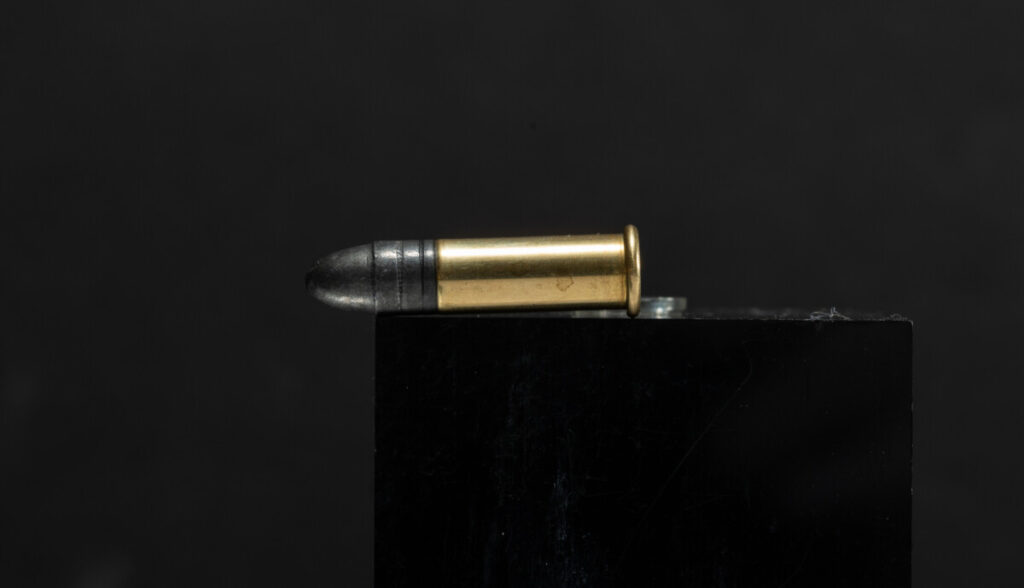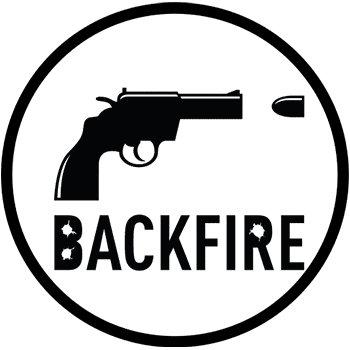What is the difference between NRL22 and NRL22X?

Like many gun owners, I have an interest in precision shooting. However, the entry costs for centerfire competitions are often prohibitive. The cheap alternative is rimfire, specifically the National Rifle League’s 22LR competition series. For a basic overview of what NRL22 is, please take a look at beginner’s primer article written back in June. NRL has created another program called NRL22X. So what’s the difference?
While NRL22 has some restrictions on budget, allows airguns, and consists of six ‘classes’, NRL22X is a more streamlined alternative with no budget restrictions, three ‘classes’ to compete in, and match directors have more freedom to set up courses of fire.
In this article, we’ll take a closer look at these differences as well as the similarities between the two competition series’.
NRL22
As the original National Rifle League’s 22LR series, NRL22 is better established around the country with more ranges offering monthly competitions using the official Course of Fire (COF). While there are six ‘classes’ to compete in, most people will fall into either the ‘base’ class or ‘open’ class. Both are similar, but there is one notable difference.
While there are no budget limitations in Open class, in Base class the rifle and scope used for competition cannot be valued at more than $1200 MSRP. The idea was to carve out a space for budget-minded competitors where they can compete fairly without being outclassed by the insanely precise custom rifles often found in rifle competitions.
Base class is generally where most shooters will start and that is my recommendation as well for those just getting into the hobby. Personally, I’m in the process of fleshing out a beginner’s NRL22 rifle over this winter and I’ll be working within the confines of Base class rules. If you are in the same boat and looking for some ideas, here is a recent article of seven ‘Base Class’ NRL22 setups all under $1200.
For open class shooters, the sky is the limit on possible rifle setups. All classes in NRL22 generally follow the same monthly COF so after a season or two in base class, moving to open class is encouraged (but not required). Many shooters have one rifle for each class and switch back and forth depending on the particular meet.
Those who are interested in shooting with no budget limitations should check out a sibling article outlining five ‘Open Class’ NRL22 setups starting at $1500 and running north of $7500 with some of the best quality equipment currently on the market.
Participants in NRL22 can expect to follow the monthly COF which is publicly available from this page on the official website. Match Directors do have some leeway on the COF and are encouraged to adapt or add to the monthly document to best use the ranges at their disposal. However, it is uncommon to see targets past about 200 yards on the COF.

NRL22X
The NRL recognized that there was some limitations to the adaptability of their original 22LR series. Organizers are trying to walk a thin line between accessibility and adaptability. There has also been an increasing demand for some more challenging matches that beginners may not be comfortable with. This is why NRL22X was formed.
As a parallel competition series, NRL22X follows the same basics as the original competition series, including a COF. However, there are only three classes to compete in:
- Open Class, under the same rules as the Open Class in NRL22.
- Young Guns, for children ages 8-16
- Ladies, a separate class where women can compete against each other.
There are no air rifles in NRL22X, and most notably there is no Base class with a budget ceiling. Competitors are expected to be competing at a high enough level that they are no longer considered beginners. For the ladies, it’s important to take note that in both NRL22 and NRL22X, women are not limited only to the Ladies class, a female-only class is a holdover from olympic-style sports.
While the NRL22 COF can be followed, match directors (MD’s) do not have to follow the COF as a rule. Instead, they have a lot of flexibility in what the stages look like at each range. There are options for targets extending to 500 yards, instead of the 200 yard limit found in the original 22LR series. This allows NRL22X to take advantage of 300+ yard ranges found around the country.
Another thing about NRL22X that shooters should be aware of is that there are no official gear restrictions. That means accessories such as bi-pods, tripods, sandbags, slings, etc… are all allowed at the discretion of the MD. The director can limit certain equipment on specific stages, but there are no widespread limitations.
Because the ‘X’ series is so new, there is no prize tables at matches yet. According to the NRL website, the executive team is in the process of securing sponsorships for this series and will eventually bring in prizes to compete for. At the moment, racking up match points for the championship.

NRL’s point systems
Some sports, such as racing and boxing, rely on a system of points to pick season winners amongst competitors. NRL22 and 22X series both rely on the same point system that qualifies some shooters to compete in the national championships at the conclusion of each season in the spring.
The beauty of NRL’s rimfire series’ is that any NRL member will earn points at each event. Attend enough qualifying events and earn the necessary number of points, and a shooter can compete in the championships. In a way, these rimfire series are similar to the U.S. Open in golf where both professional and amateur competitors are allowed to participate in events and even compete against each other.
The original and the ‘X’ series have parallel point systems and at the end of the season half the competitors for the championship will come from each series. Therefore, a dedicated NRL shooter has multiple avenues to enter the championships.
Which series to choose?
The biggest question on most people’s minds is “which competition series should I start in?” For beginners, I recommend the original NRL22 series, specifically in Base class. Here competition is less stressful and it’s an excellent learning environment. Even the best NASCAR drivers typically start on a local dirt track as kids.
Similarly, if the competitor in question is a child, my recommendation is the Young Guns class in the original NRL22 series. After a couple seasons, both children and adult novices will be ready to start competing at ‘X’ series events.
It’s important to remember that while NRL’s rimfire series are technically professional competitions, most competitors are there for fun and the love of sport. The 22LR series are intended to be family-friendly and so far it has managed to stay that way in a world where everything is quickly becoming a competition for money, status, and fame.
